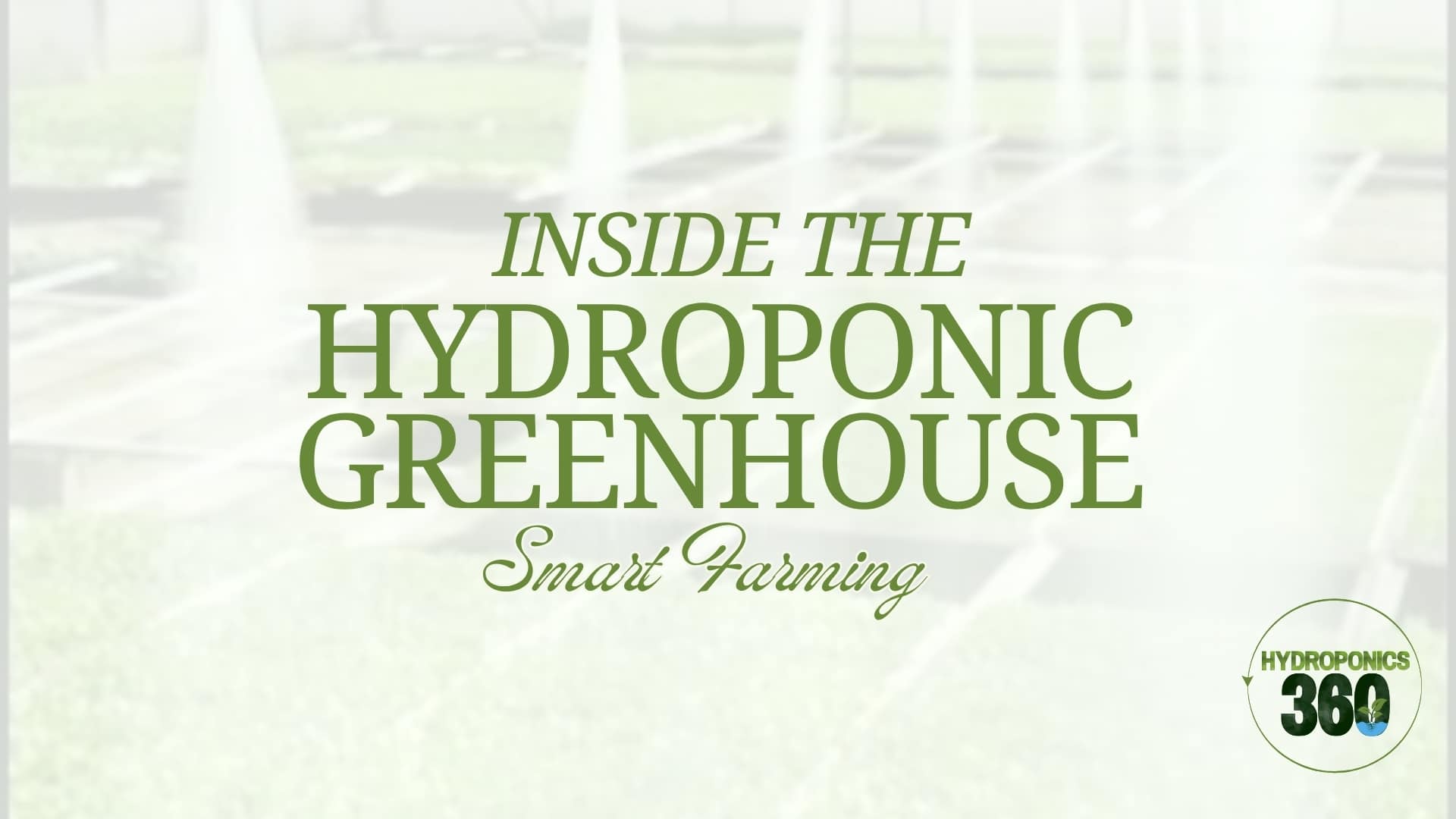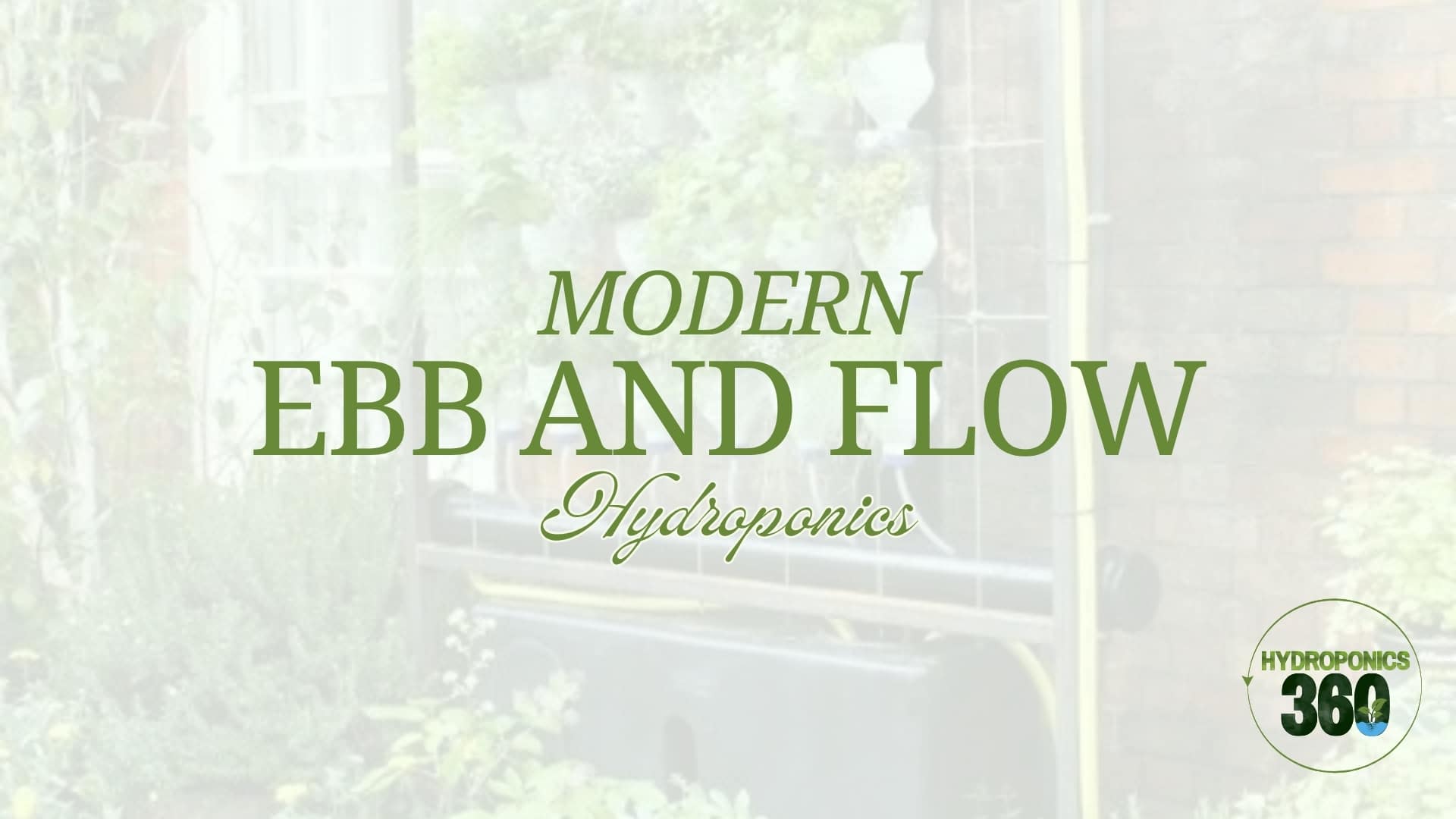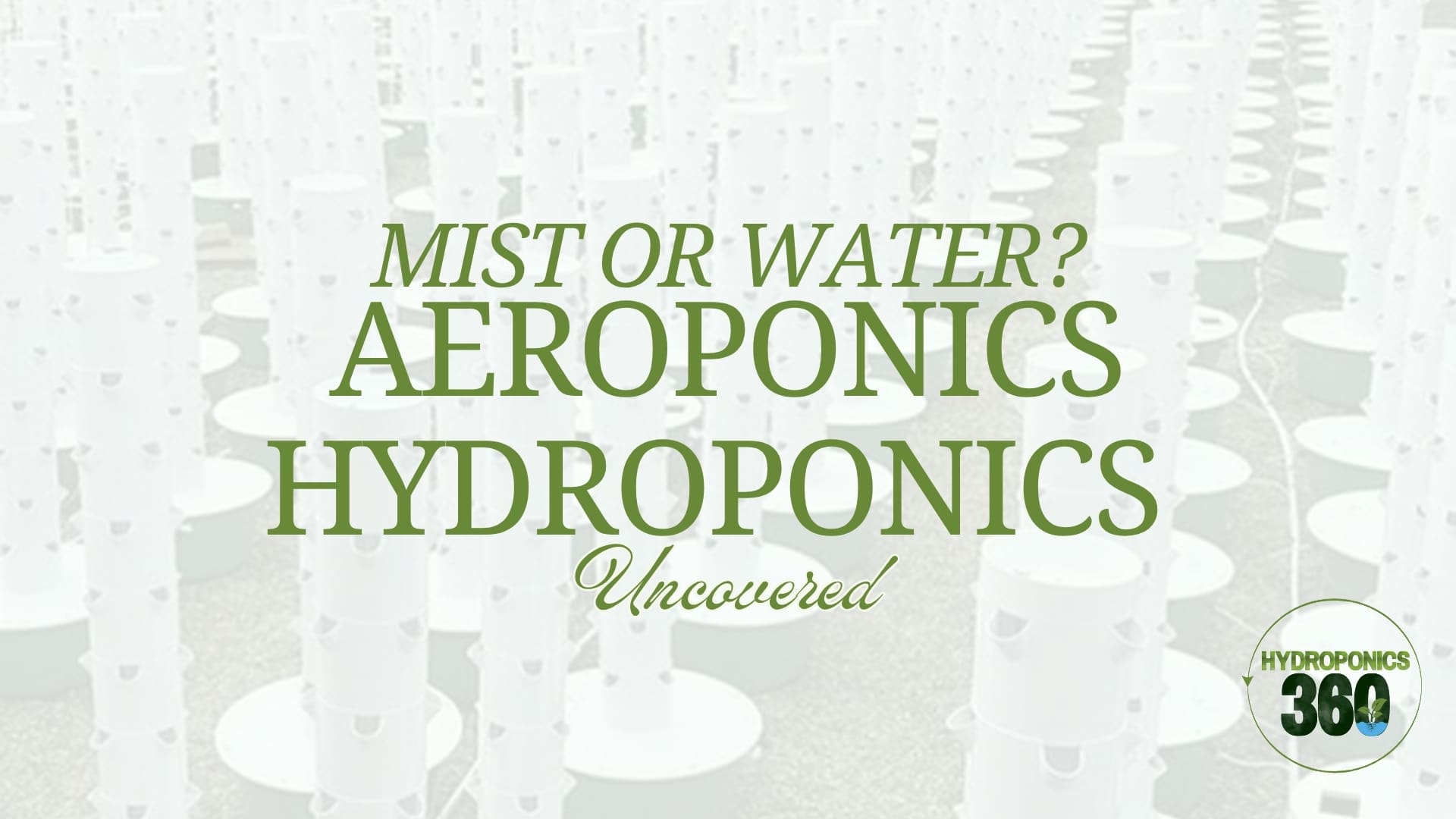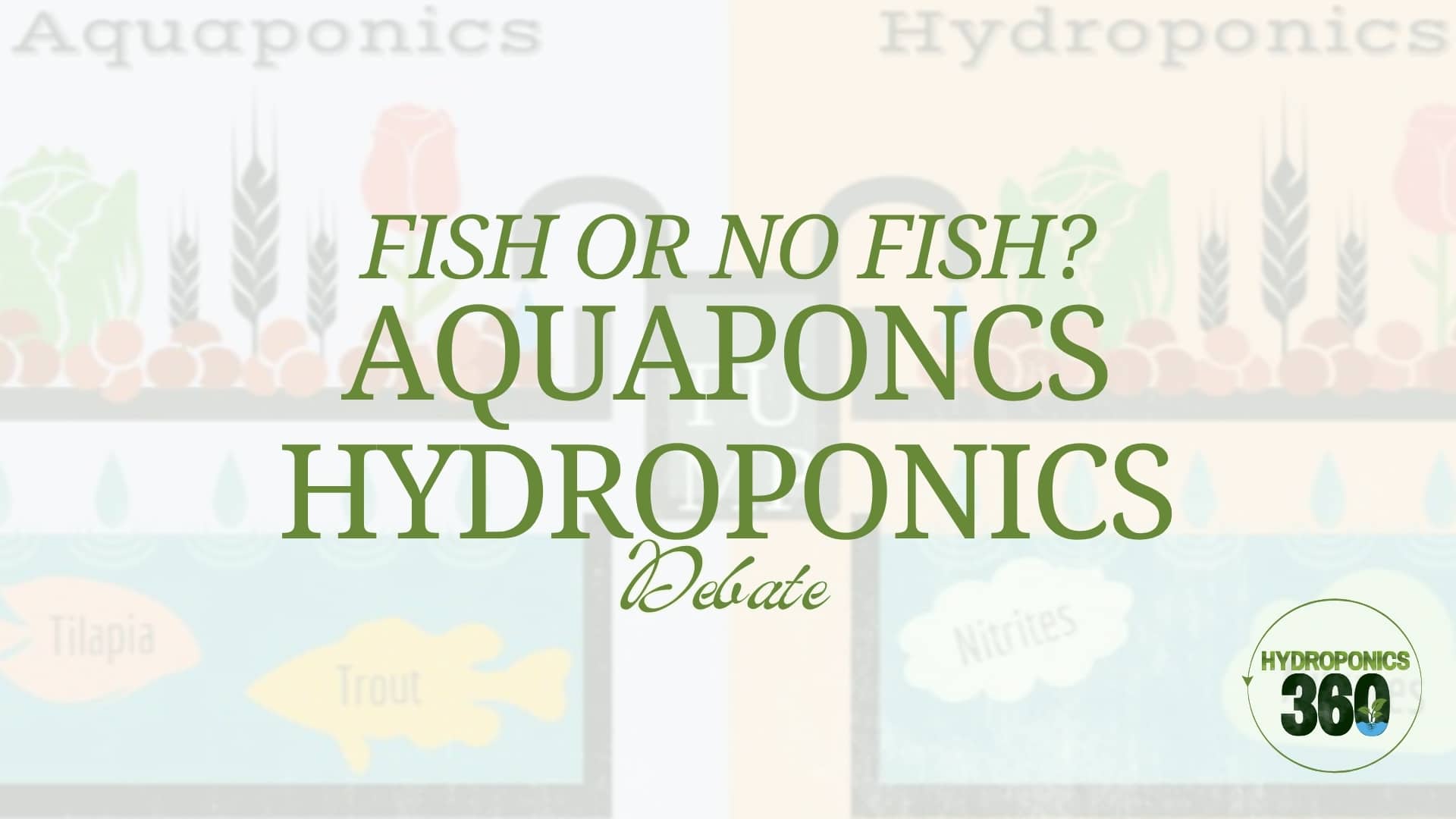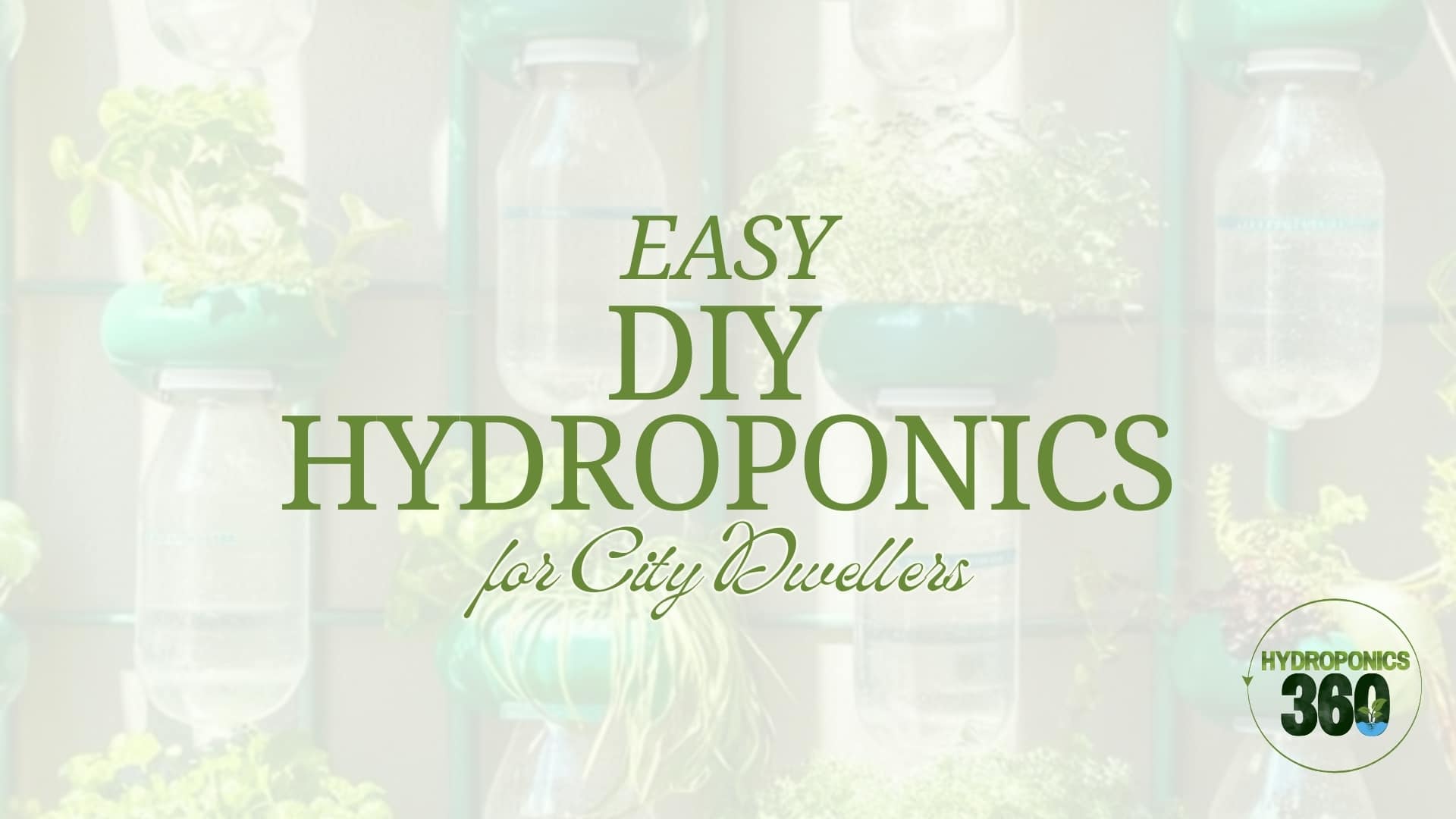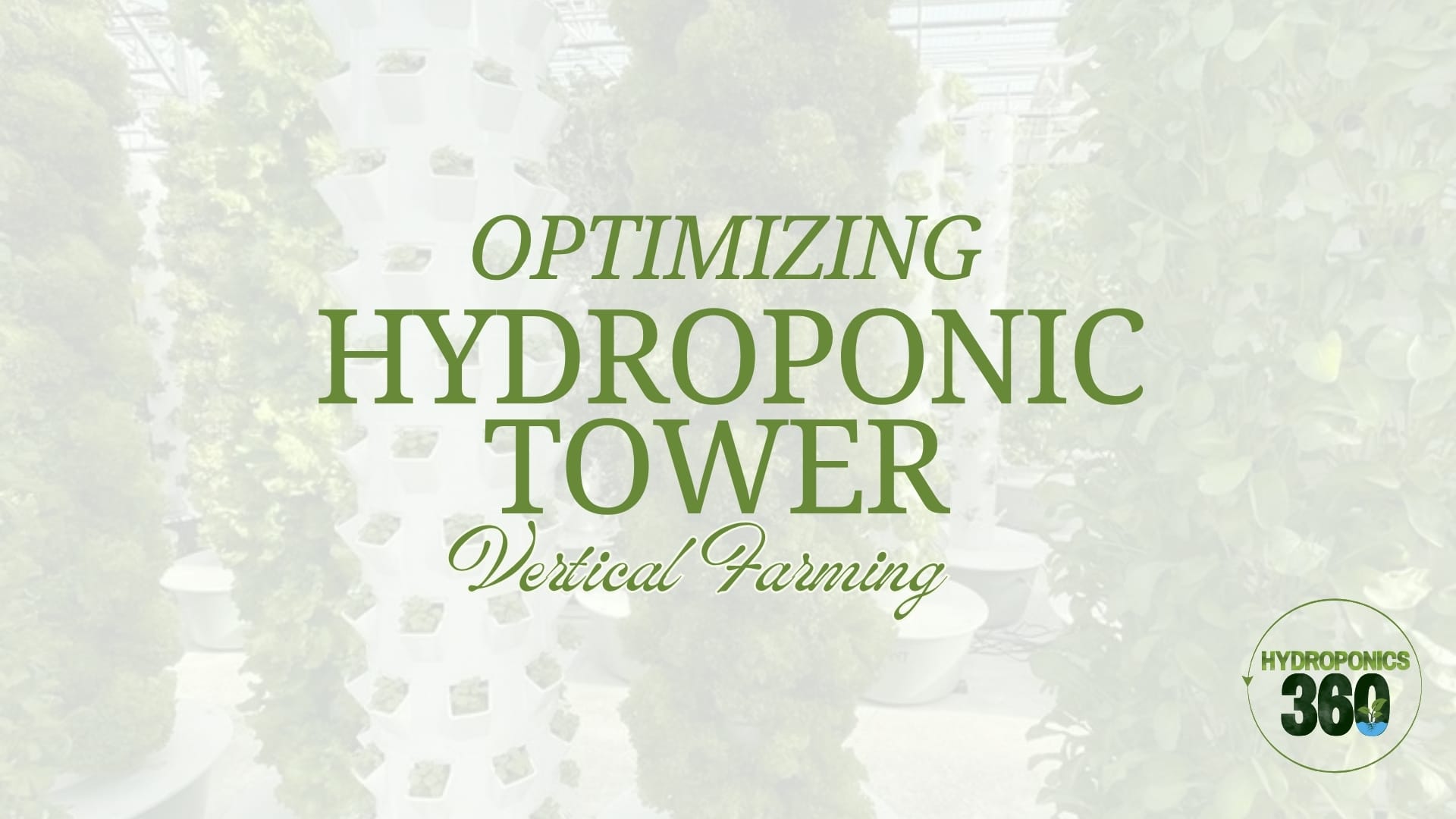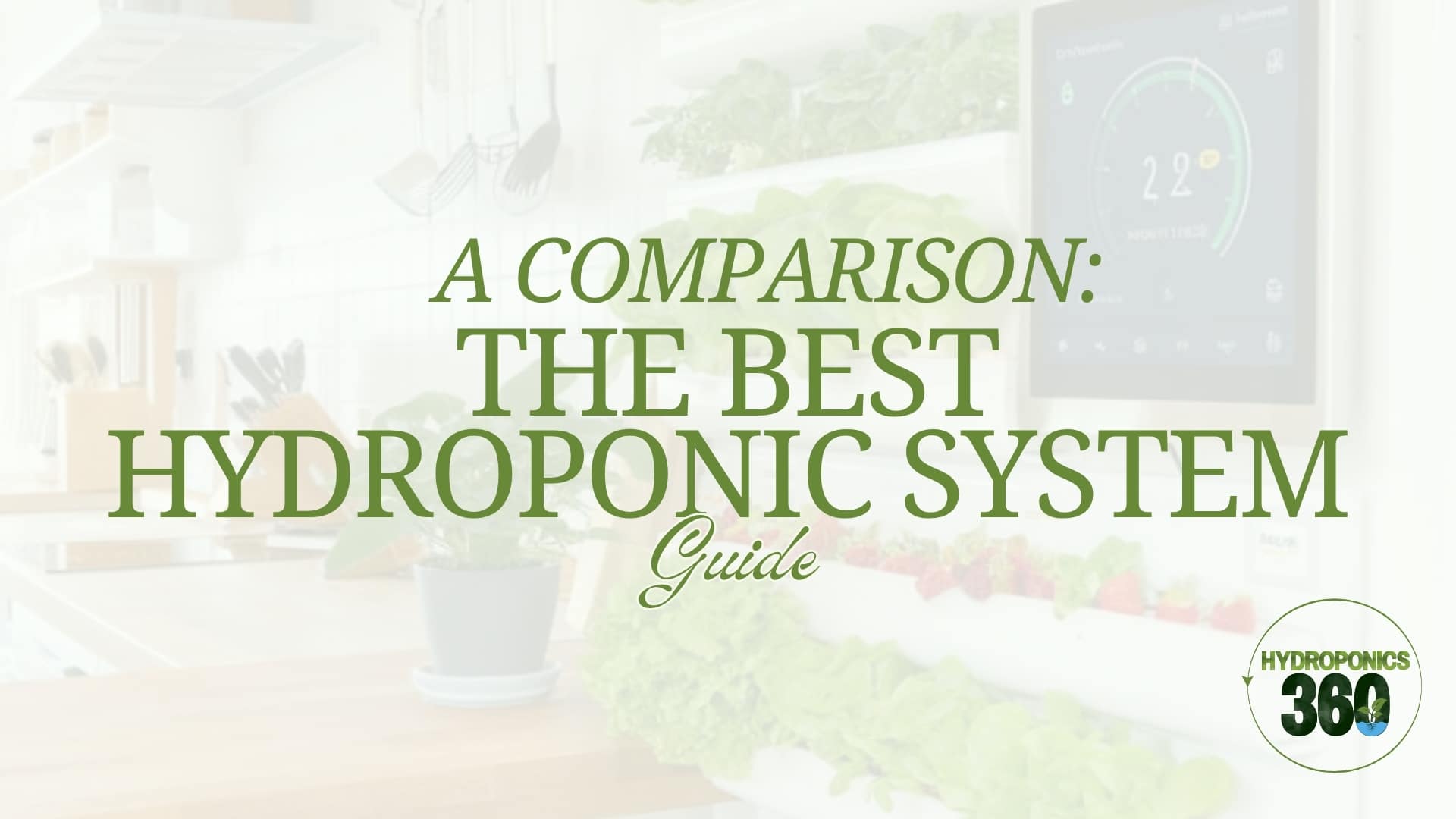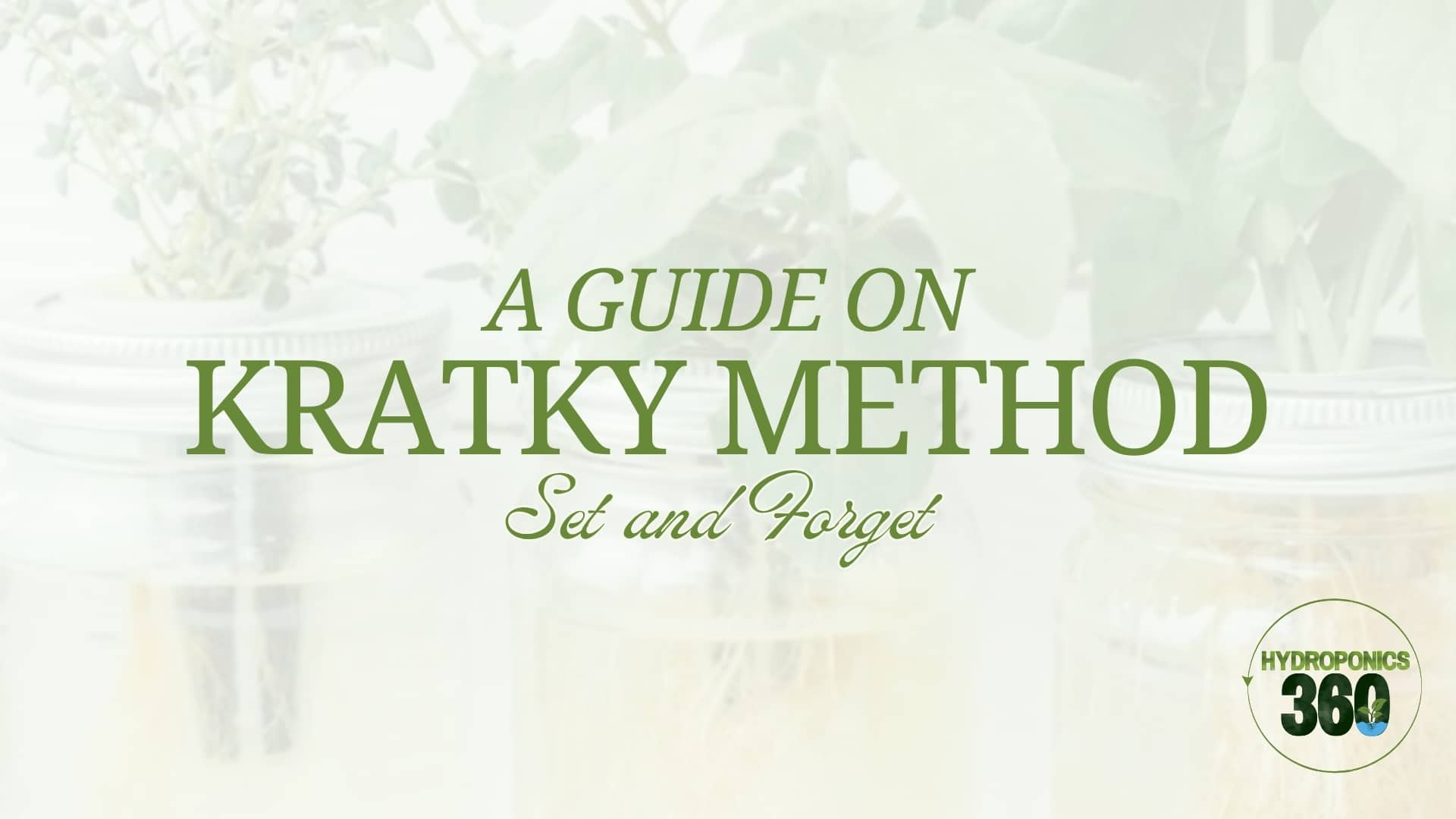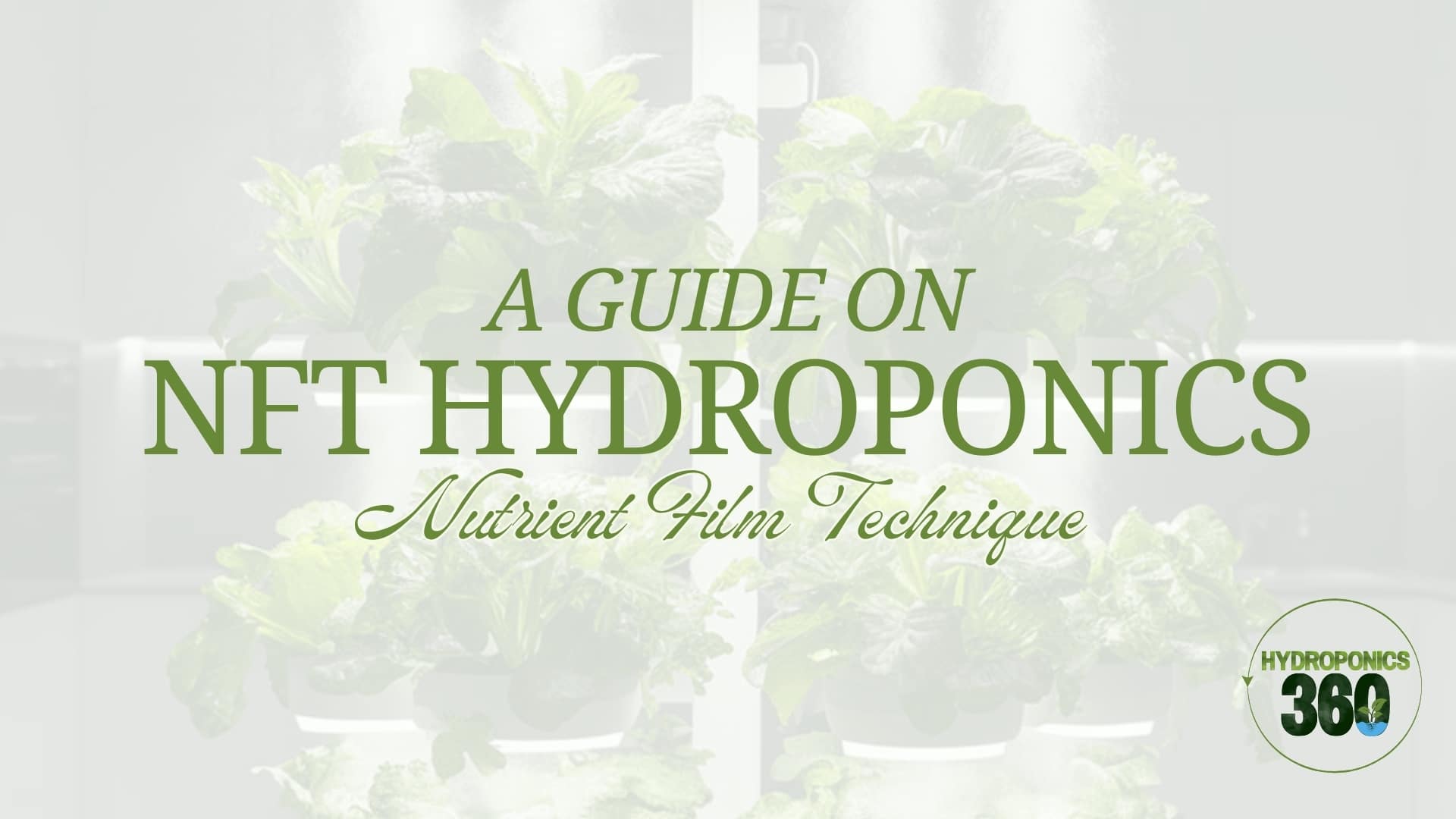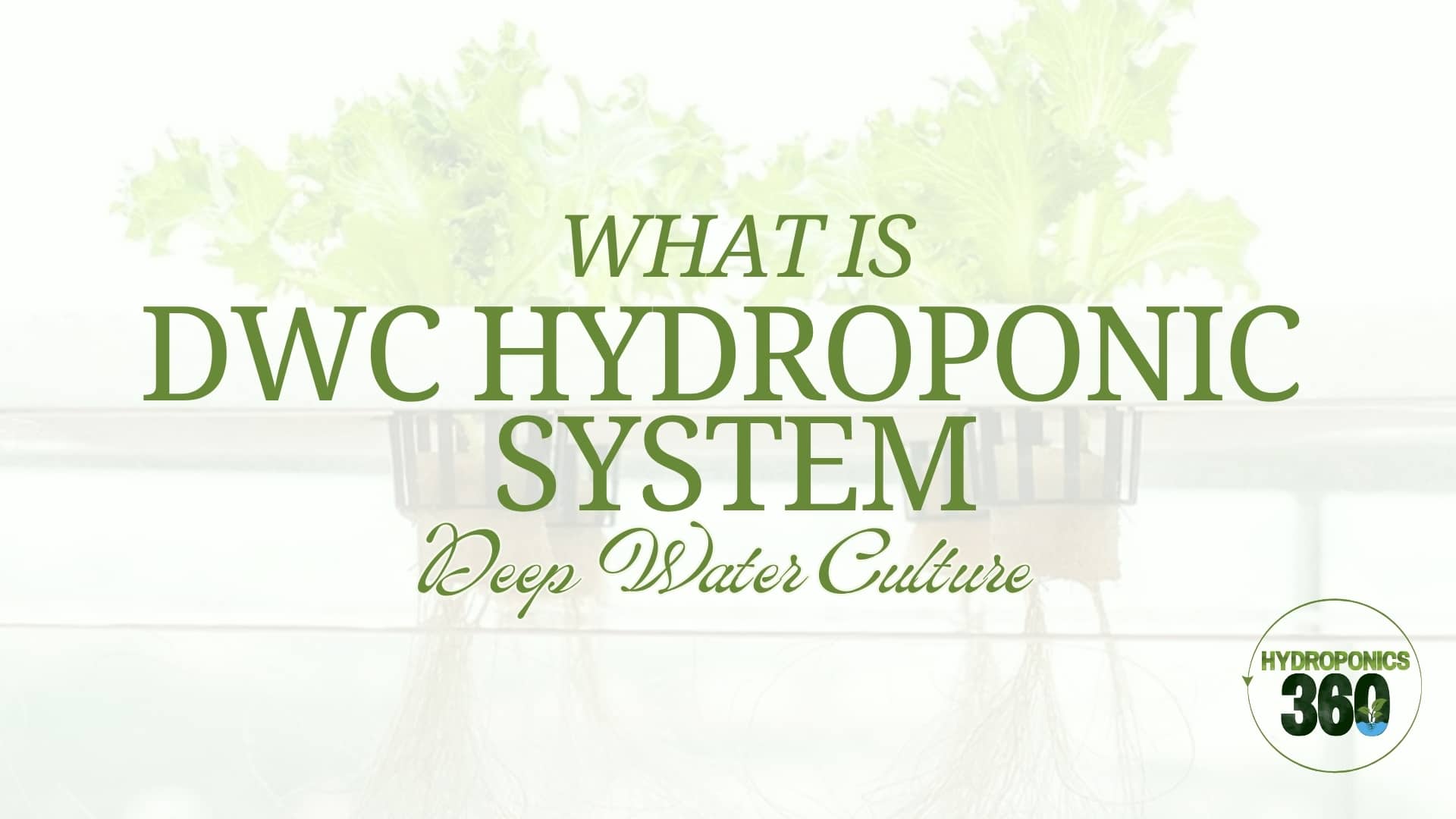Hydroponic Systems
Table Of Content
Imagine growing herbs, leafy greens, and even juicy tomatoes in your kitchen—no speck of soil in view. That’s the miracle of hydroponic systems! In place of dirt, plants draw all of their nutrition from a precisely balanced water solution, and it’s a surprisingly efficient and environmentally friendly system. I have long been fascinated with how hydroponics can transform even a small room into a lush oasis.
You can be a newcomer or an experienced enthusiast; it doesn’t matter. In this blog, I will introduce you to the basics of planning a hydroponic system, the benefits of a soilless system, and a simple DIY starter’s guide to getting started.
Let’s start digging—virtually speaking!
Hydroponic Systems and The Science Behind Them!
Hydroponic systems work on a wonderful balance of nutrient and water dynamics. In these setups, plants get their important nutrients directly from a carefully controlled water solution; in this way, there is no need for soil. It’s amazing how this method makes sure that every drop of water is optimized for growth while providing nutrients to reach plant roots more effectively than traditional soil-based gardening.
This delivery of nutrients conserves water, and it achieves that while increasing the speed of growth, and all thanks to controlled environments like light, temperature, and nutrient levels, which makes sure for faster and healthier development. The result is a sustainable, high-yield growing process that minimizes waste and maximizes productivity.
Different Hydroponic Systems for Different Levels
Hydroponic systems come in different types; each one answers specific needs. Some of them are perfect if you are new to hydroponics; however, you need more information and experience for more advanced setups.
Entry-Level Systems
Down below, you can find the most used entry-level systems, and don’t be fooled because they are amazingly useful even though they are simple.
- Wick Systems: These systems are the simplest hydroponic setups because you don’t need any electricity or a pump. You need to use a wick to give nutrients to the roots. In this passive way, you can grow herbs and small plants.
- Deep Water Culture (DWC): With DWC, plant roots are fully flooded in oxygenated, nutrient-rich water so that they can have direct access to the nutrients, and this significantly increases the growth speed. But the important part is the air pump because it keeps the water oxygenated, and it won’t rot.
Intermediate to Advanced Designs
This is the part where things get quite interesting because these systems are the most common ones among experienced users. Let’s see what they are!
- Nutrient Film Technique (NFT): This design uses a thin film of constantly flowing nutrient solution that runs through channels where plants are placed. Since roots constantly receive nutrients and oxygen, plants grow faster and healthier. This system is commonly used in commercial hydroponics and requires careful monitoring of nutrient flow; otherwise, you can overfeed your plants, which is not something you want.
- Drip Hydroponics: It’s widely used in both small and large plantations. It works by delivering nutrient solutions directly to plant roots through dripping. This system is flexible, and you can control the nutrient supply as you wish. In that way, I can say that’s ideal for many crops.
- Dutch Bucket and Ebb and Flow Systems: These are the most popular choices for larger plants. Dutch bucket hydroponics is great for tomatoes, peppers, and cucumbers because it provides a reservoir directly to the roots. Ebb and Flow, also called flood and drain, floods the grow tray at specific times with nutrients before draining it back to the reservoir so that you can create a perfect balance of water, oxygen, and nutrients.
Innovative and Compact Options
There are other setups that you can use if they can answer your needs and expectations, such as these two.
- Vertical Hydroponic Systems: You can save space thanks to this system because it stacks plants in layers. This setup is perfect for urban growers or those with limited space. By using gravity to circulate nutrient solutions, these systems can give you a chance to grow a large number of plants in small spaces.
- Mini and Indoor Kits: These setups are for home gardeners who want an easy hydroponic system. As you can assume, these kits are for small hydroponic growing, such as fresh herbs and greens.
FAQs
What are some common maintenance problems in hydroponic systems, and how can I solve them?
The pH fluctuations and clogs or bacterial buildup problems are the most common ones. However, you can easily solve these problems by cleaning and making sure the water quality is high regularly.
How much water savings can I realistically expect from using a hydroponic system compared to traditional soil gardening?
With hydroponic systems, you can easily save up to 90% of water. However, it is possible with the right design and maintenance.
What steps can be taken to prevent pest infestations and diseases in a hydroponic setup?
To prevent these problems, you need to replace and repair the system and its parts regularly; otherwise, diseases can spread.
You May Also Like
- A hydroponic greenhouse lets you grow fresh produce efficiently in any season. Discover setup tips, benefits, and top crops to grow.
- Learn how ebb and flow hydroponics works, its benefits, and why it’s a go-to method for efficient, low-maintenance indoor gardening.
- Compare aeroponics and hydroponics to learn how each soilless system works, their pros and cons, and which is best for high-yield gardening.
- Discover the key differences between aquaponics and hydroponics, including how each system works, pros and cons, costs.
- DIY hydroponics made easy—learn how to create your own system at home to grow fresh, soil-free plants on a budget.
- Grow plants vertically without soil. Learn how hydroponic towers work, their benefits, and what you can grow.
- Find the best hydroponic system for home or commercial use. Grow fresh, healthy plants without soil using easy, efficient setups.
- Discover the Kratky method, a simple, no-pump hydroponic technique perfect for beginners. Learn how to grow plants without electricity.
- Discover the future of sustainable farming with NFT hydroponics. Learn tips, techniques, and innovations to grow healthier plants faster.
- Explore the DWC hydroponic system to grow plants with oxygen-rich water. This system is ideal for both novice and experienced gardeners.
Table Of Content
Last Blog Posts
